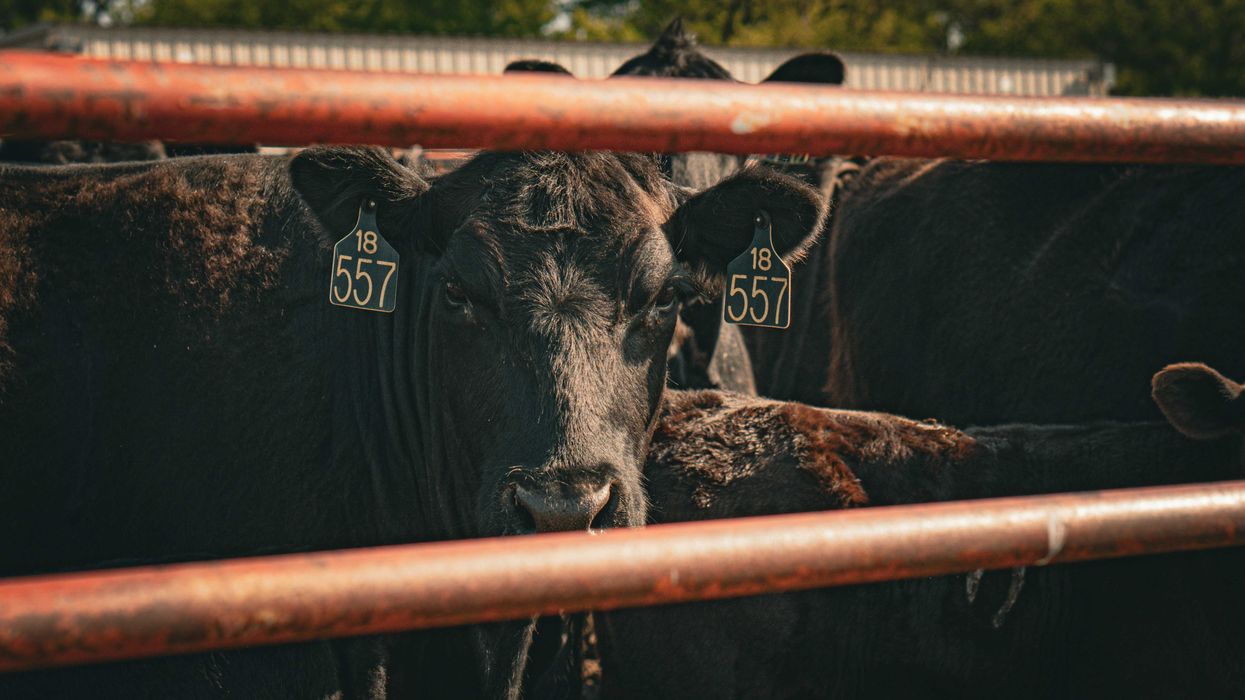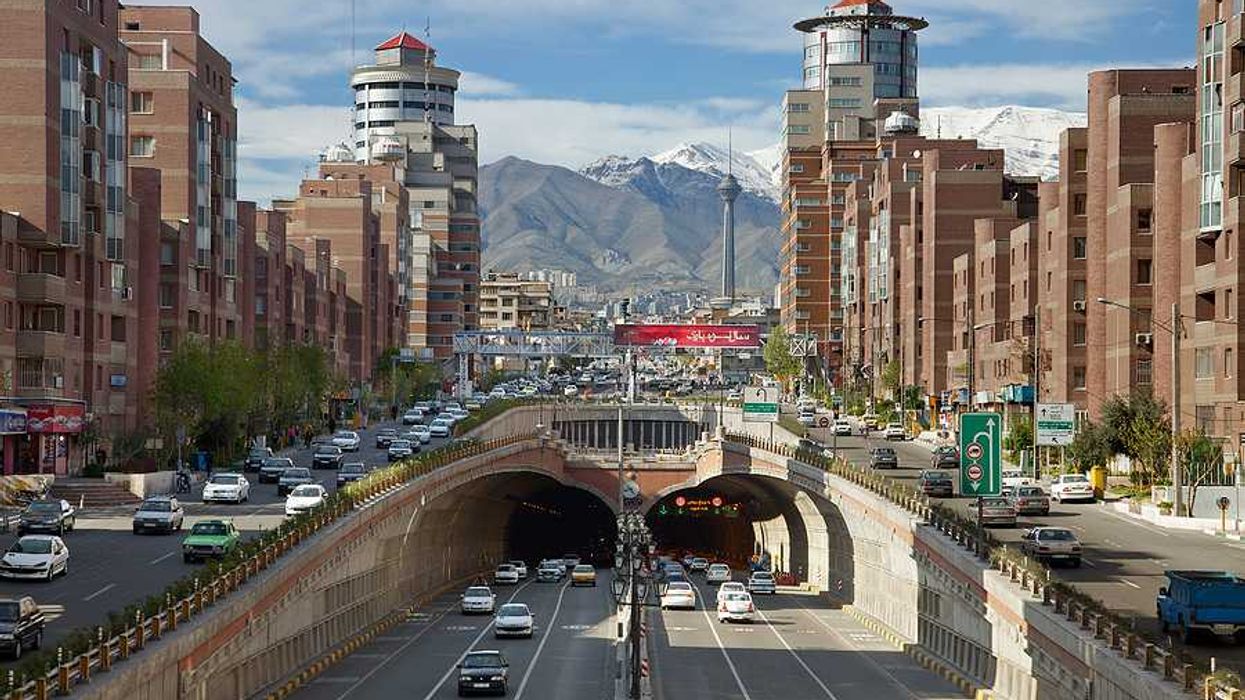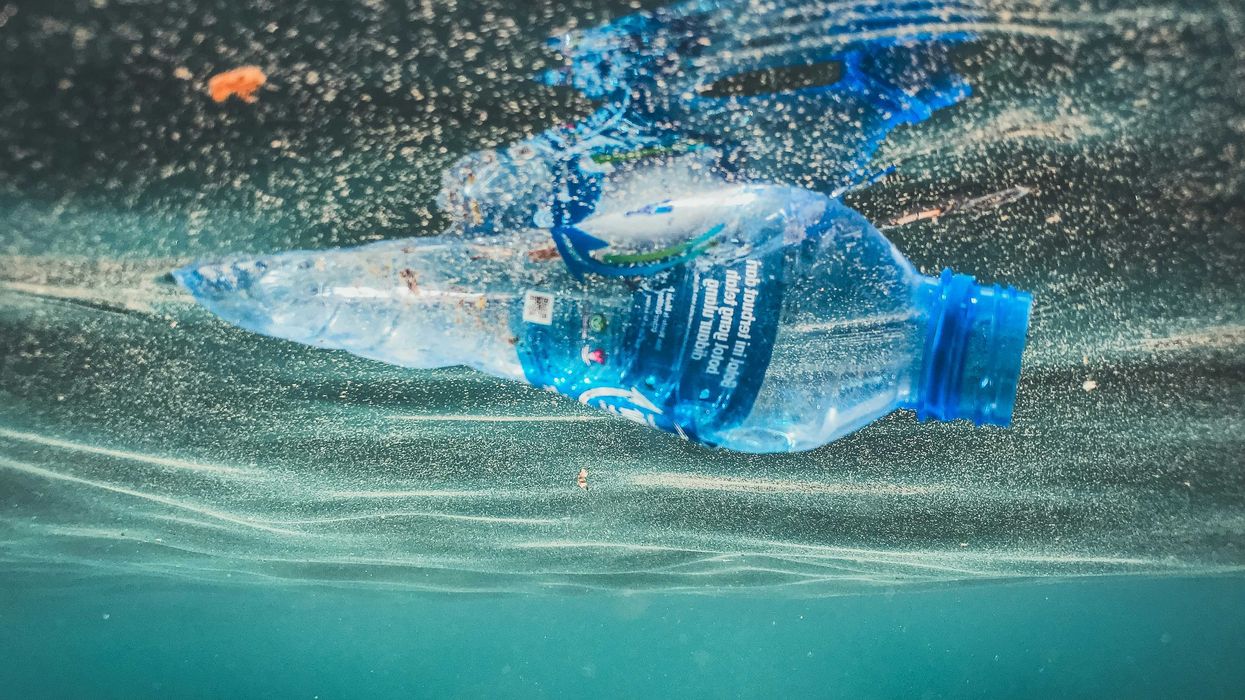Droughts and floods have rendered land in some of the world's poorest regions incapable of supporting crops, leading to "zero" harvests in these areas, according to the World Food Programme.
Aleks Phillips reports for the BBC.
In short:
- The World Food Programme's Martin Frick warns that extreme weather has degraded land in parts of Africa, the Middle East, and Latin America, leaving them dependent on aid.
- The Global Environment Facility predicts that 95% of the world's land could become degraded by 2050; currently, 40% is already unusable for farming.
- Soil degradation exacerbates climate change, as healthy soils are crucial for carbon absorption.
Key quote:
"There's too much carbon in the air and too little carbon in the soils."
— Martin Frick, director of the World Food Programme's global office
Why this matters:
Prolonged droughts lead to the drying out and erosion of topsoil, which is vital for growing crops. Without adequate moisture, the soil's structure breaks down, reducing its fertility and its ability to retain water. Floods, on the other hand, can wash away nutrient-rich topsoil, leaving behind less fertile ground and potentially depositing salts and contaminants that can inhibit plant growth.














